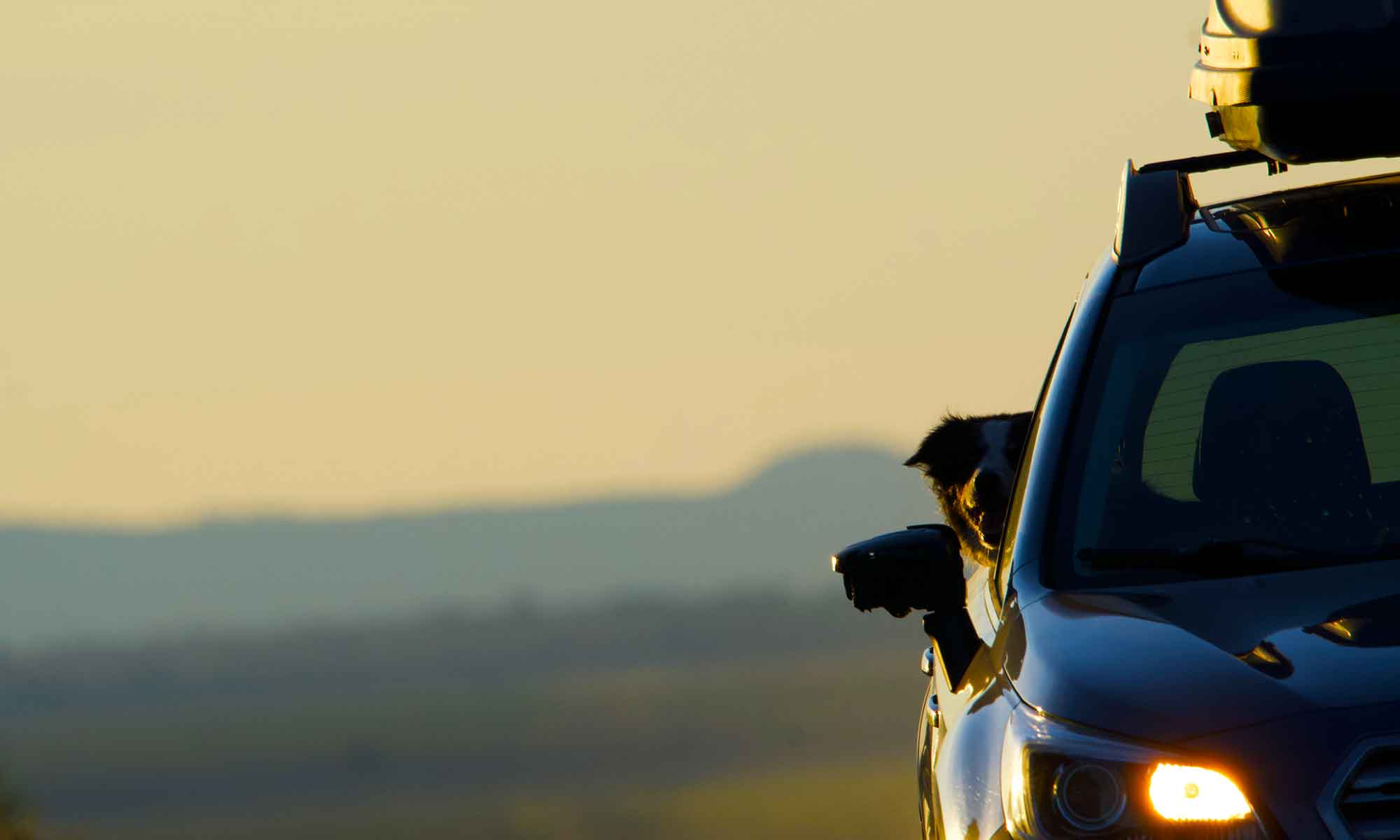
This week’s travels were more of a route than destination. Typically, we pick a location, then plan a route. Occasionally, we pick a direction and stop whenever and wherever we feel like it. This was one of those trips.
We begin our trek heading north. We have a vague idea of “cherries are in season now” and realize … “it’s been awhile since we saw the Columbia River Gorge.”
As mentioned in previous posts (see “Fossils, Rocks and Turkeys”), there are rules we apply to every road trip. In this case, “don’t repeat route wherever possible.”
With cherries in mind, we head to Hood River’s Fruit Loop. We wind our way past orchards, then stop at Pearl’s Place Fruit Stand, one of our favorites. The owners are nice, the fruit, in this case cherries and fresh peaches, are delicious.
We notice traffic is really picking up on the Loop. We shift to a new route away from the tourists and toward the little town of Mosier in the gorge.
A few years ago, we picked end-of-season apricots from trees on Annie’s Orchard, which is located here. After all, cherries are in season and we are in prime orchard country.

 We are ahead of the hottest part of the day as we exit I-84 into Mosier.
We are ahead of the hottest part of the day as we exit I-84 into Mosier.
A fruit stand, manned by community volunteers and stocked from nearby Roots Farm, has several varieties to choose from.
We pick up a few pounds of Rainers, setting aside a small bag for front-seat snacking. And we are back on our way.
Instead of the freeway, we go east on Second Street, out of town, which is a stretch of the old Columbia River Highway, US-30.
This section is still in service, featuring lots of driveways, wineries, orchards, and scenic overlooks. We follow the narrow, twisty road, watching out for groups of bikers, and enjoy stellar views of the gorge.
Then, we are back on the freeway. This time we turn south towards home, taking an alternate route through landscape that morphs from grain fields into ranch country. Visible from the car are rolling hills with an abundance of sage. After a full day on the road, it is good to be home.























 We stopped at a new stand, Pearls Place. There you can pick up
We stopped at a new stand, Pearls Place. There you can pick up 
































